Fujifilm's X-E5, New Bose Speakers, and Qualcomm's Smart Glasses Chip—Your Gear News of the Week


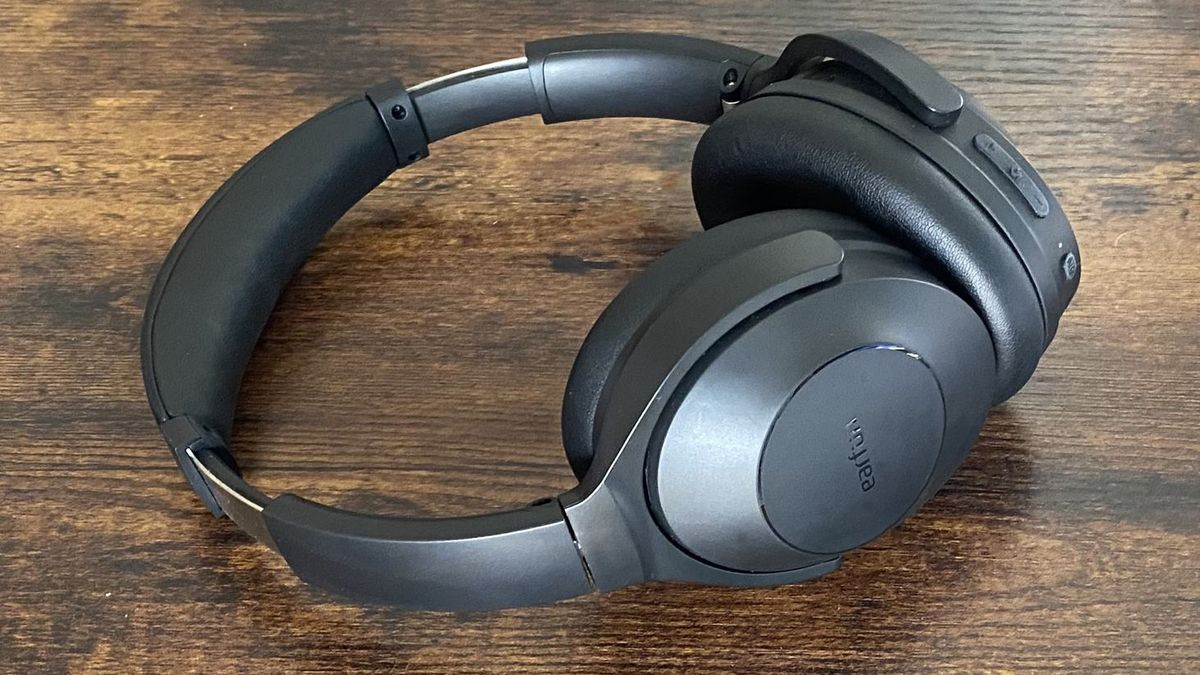

© Future / Dave Meikleham


© FiiO

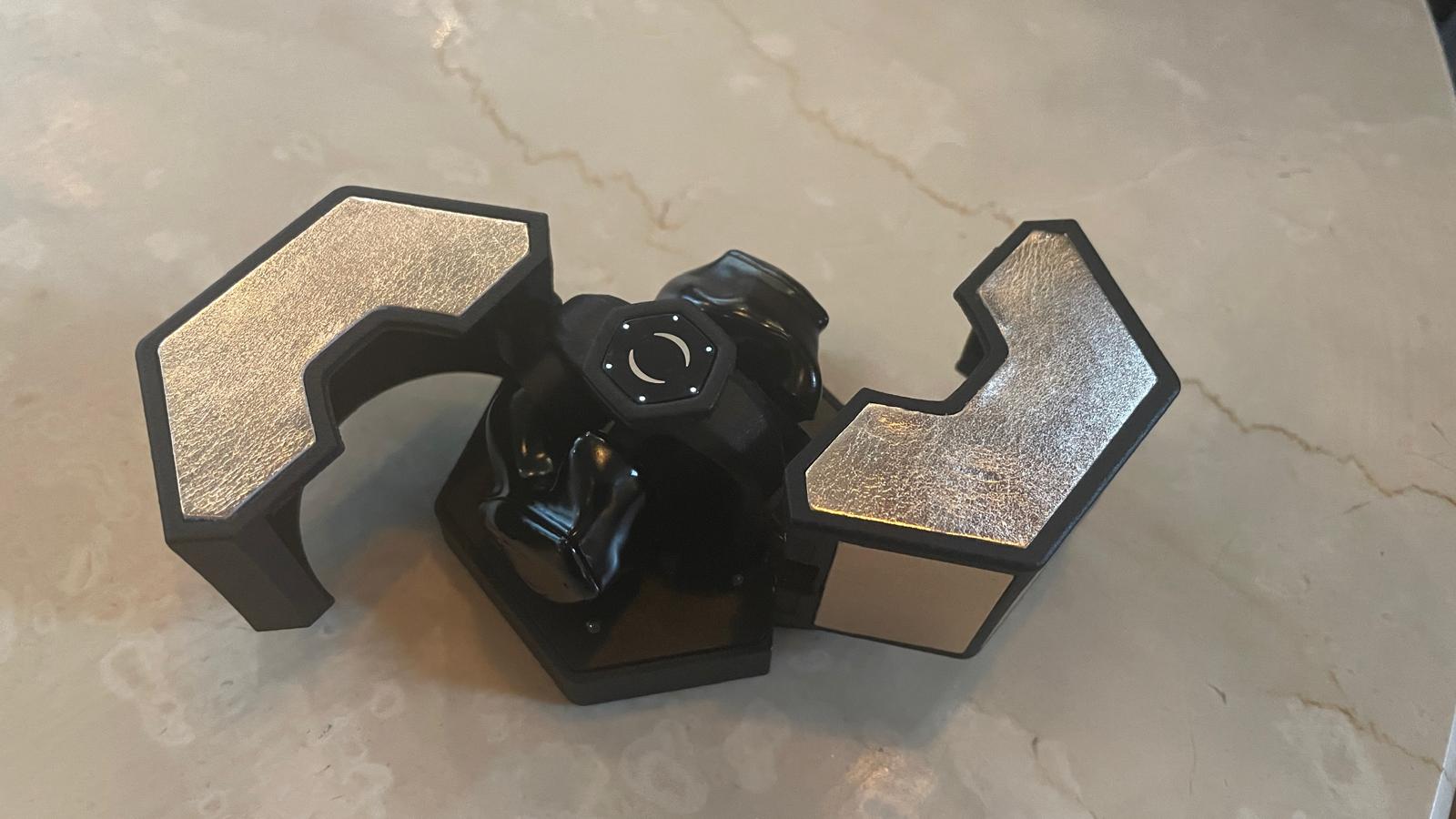
© Future

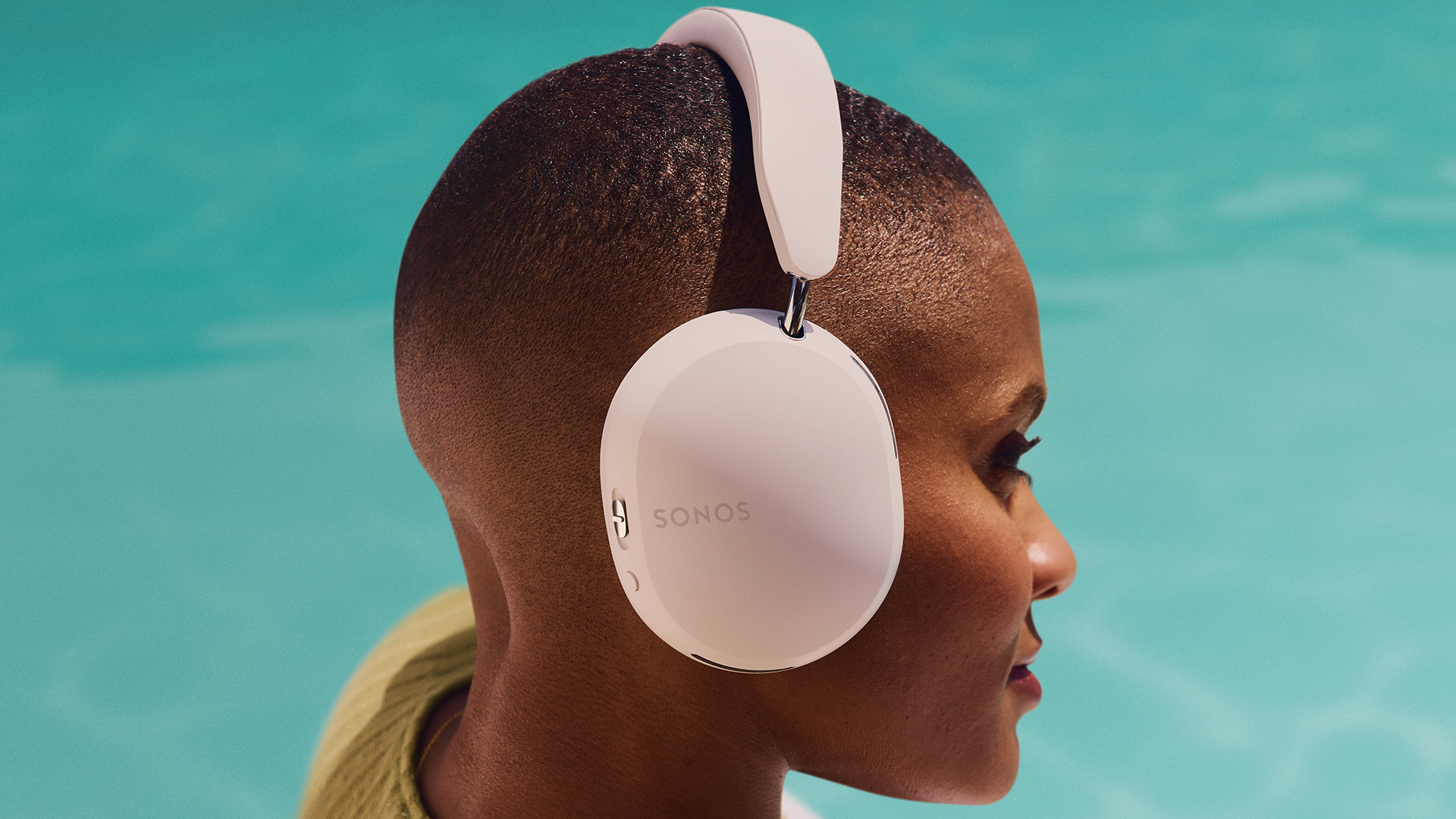
© Sonos
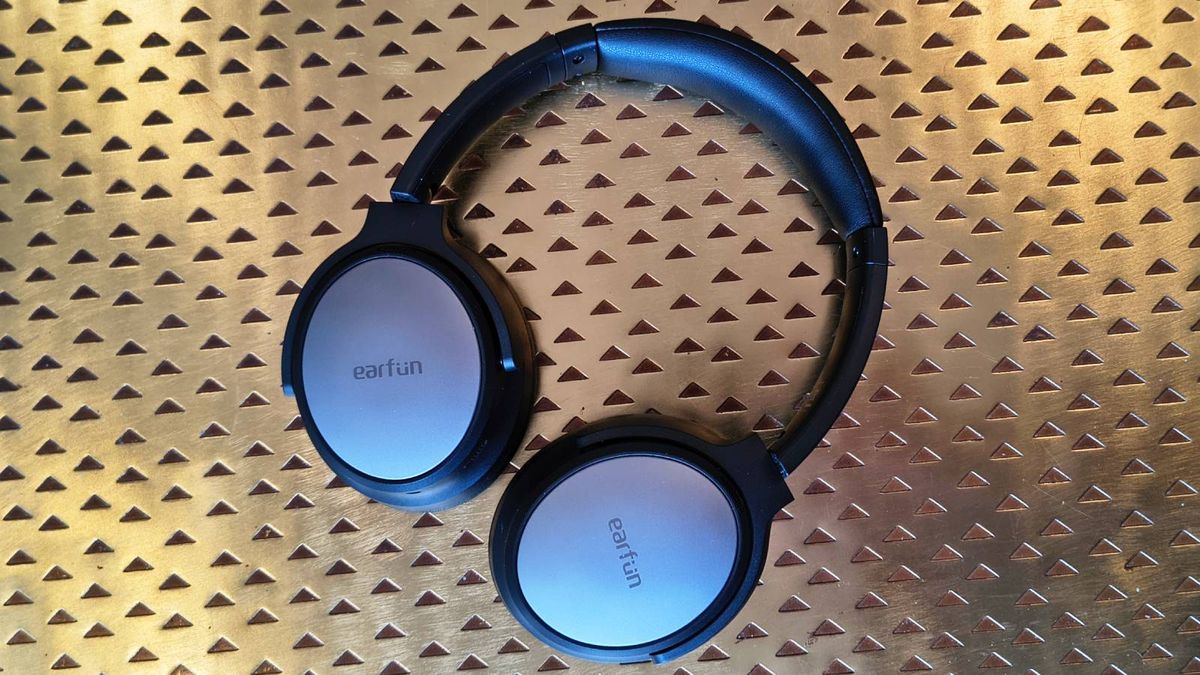
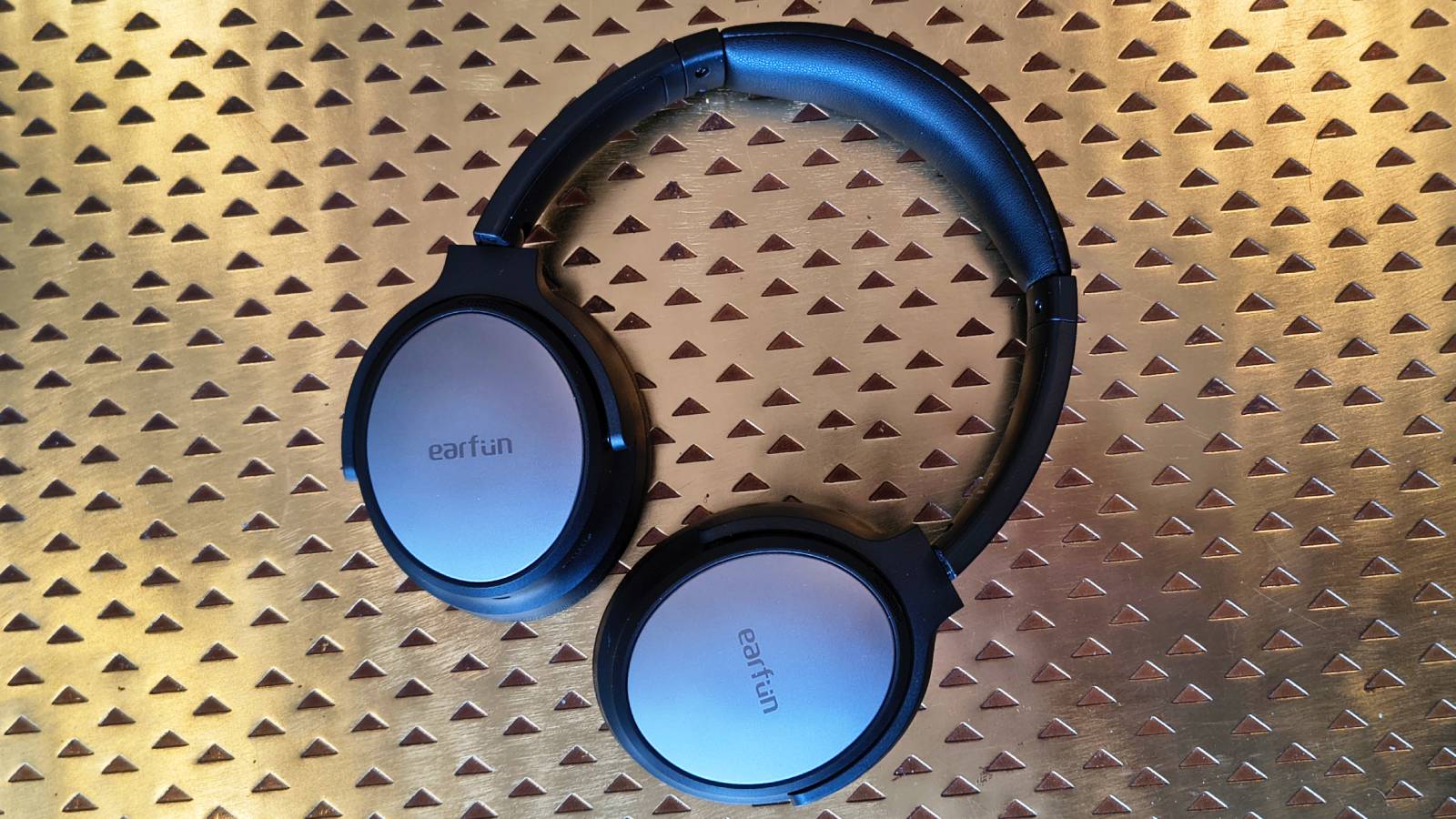
© Future
Nio (NYSE: NIO), a leading producer of electric vehicles (EVs) in China, posted its first-quarter earnings report on June 3. Its revenue rose 21.5% year over year to 12.03 billion yuan ($1.66 billion), but its net loss widened from 5.18 billion yuan ($720 million) to 6.75 billion yuan ($930 million). It missed analysts' expectations on both its top and bottom lines.
Nio's stock rose slightly after that report, but it's still down about 27% over the past 12 months. Let's see if it will finally stabilize and bounce back over the following year.
Where to invest $1,000 right now? Our analyst team just revealed what they believe are the 10 best stocks to buy right now. Continue »

Image source: Nio.
Nio's core brand sells a wide range of electric sedans and SUVs. It also recently launched two sub-brands over the past year: its Onvo brand for cheaper and family-oriented SUVs and its Firefly brand of compact cars. It differentiates itself from its competitors with batteries which can be quickly swapped out at its swapping stations. It's also expanding in Europe to diversify its business away from China.
The Chinese EV maker delivered its first vehicles in 2018. Its annual deliveries soared 81% in 2019, 113% in 2020, and 109% in 2021. Its annual vehicle margin also improved from negative 9.9% in 2019 to a record high of positive 20.1% in 2021 as it scaled up its business and ramped up its production.
However, Nio's deliveries only rose 34% in 2022 and 31% in 2023, while its vehicle margin shrank to 9.5% in 2023. It mainly attributed its slowdown to tough competition, a persistent pricing war in China's EV market, macro headwinds, and adverse weather conditions.
But in 2024, its deliveries rose 39% to 221,970 vehicles as its vehicle margin expanded to 12.3%. On a quarterly basis, its deliveries grew rapidly again throughout the entire year as its vehicle margins rose sequentially:
|
Metric |
Q1 2024 |
Q2 2024 |
Q3 2024 |
Q4 2024 |
Q1 2025 |
|---|---|---|---|---|---|
|
Deliveries |
30,053 |
57,373 |
61,855 |
72,689 |
42,094 |
|
Growth (YOY) |
(3.2%) |
143.9% |
11.6% |
45.2% |
40.1% |
|
Vehicle Margin |
9.2% |
12.2% |
13.1% |
13.1% |
10.2% |
Data source: Nio. YOY = Year-over-year.
Nio's growth accelerated again as it delivered more premium ET-series sedans and Onvo SUVs in China, grew its domestic market share, and continued its expansion across Europe. Nio also further differentiated itself from China's other EV makers by developing its own intelligent-driving chips and SkyOS vehicle operating system. Its margins stabilized as it sold a higher mix of higher-end sedans, reduced its production costs, and streamlined its expenses.
However, Nio still faces pressure from bigger competitors like BYD, which delivered 4.27 million vehicles in 2024 (including 1.76 million battery-powered EVs), and Tesla, which delivered 657,102 cars in China during the year. Both of those competitors have been aggressively reducing their prices.
That competition, along with the expansion of its new Onvo and Firefly sub-brands, could compress Nio's vehicle margins and prevent it from ever breaking even. Its ongoing investments in its batteries and battery-swapping networks could exacerbate that pressure.
On the bright side, the European Union is reportedly considering replacing its tariffs on Chinese EVs with minimum price limits. That change could make it easier for Nio to stay competitive in Europe. It's also in talks to sell a controlling stake of its battery division, Nio Power, to the Chinese battery maker CATL. That move would streamline its business and reduce its operating expenses, but it probably won't fully offset its other soaring expenses.
For now, analysts expect Nio's revenue to rise 34% in 2025 and 33% in 2026. Those are high growth rates for a stock which trades at just 0.7 times this year's sales. By comparison, BYD and Tesla trade at 1.1 and 9.4 times this year's sales, respectively.
Assuming Nio meets analysts' top-line estimates and trades at a more generous two-times forward sales, its stock could potentially surge about 500% by 2026 Q1. If the trade tensions between the U.S. and China finally wane, Nio could deliver even bigger gains as it's valued more closely to Tesla and other higher-growth automakers. Nio is still a speculative stock, but it could have more upside potential than downside potential at its current levels.
Before you buy stock in Nio, consider this:
The Motley Fool Stock Advisor analyst team just identified what they believe are the 10 best stocks for investors to buy now… and Nio wasn’t one of them. The 10 stocks that made the cut could produce monster returns in the coming years.
Consider when Netflix made this list on December 17, 2004... if you invested $1,000 at the time of our recommendation, you’d have $669,517!* Or when Nvidia made this list on April 15, 2005... if you invested $1,000 at the time of our recommendation, you’d have $868,615!*
Now, it’s worth noting Stock Advisor’s total average return is 792% — a market-crushing outperformance compared to 173% for the S&P 500. Don’t miss out on the latest top 10 list, available when you join Stock Advisor.
*Stock Advisor returns as of June 9, 2025
Leo Sun has no position in any of the stocks mentioned. The Motley Fool has positions in and recommends Tesla. The Motley Fool recommends BYD Company. The Motley Fool has a disclosure policy.


© Future
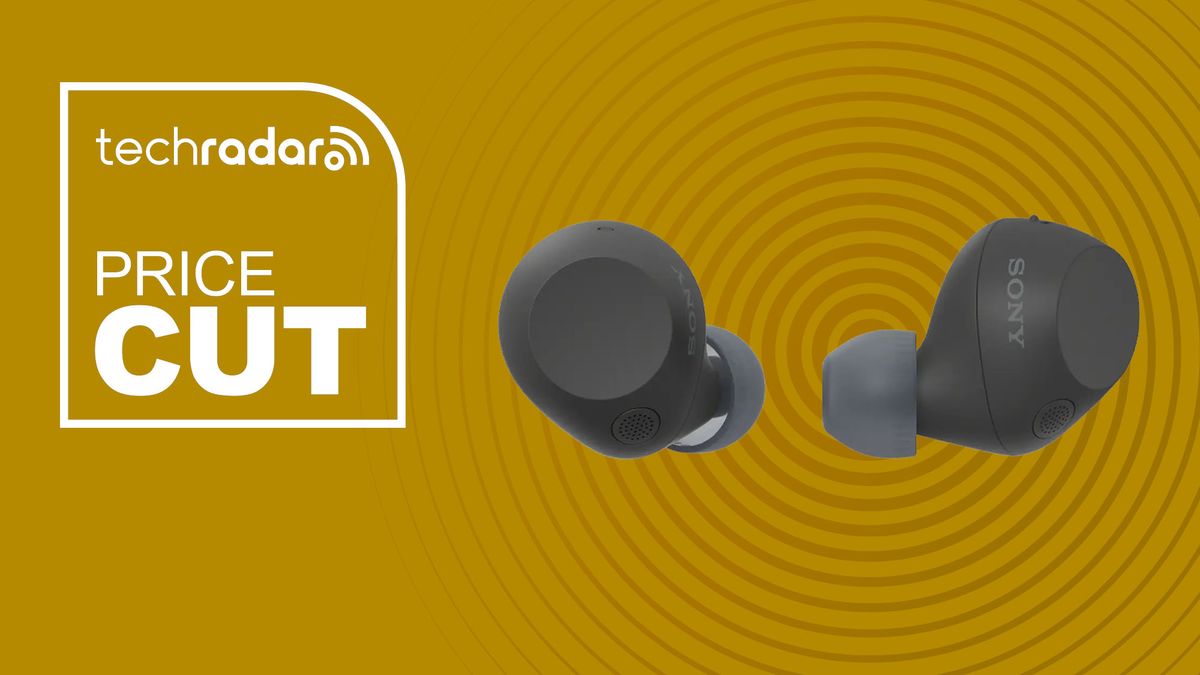
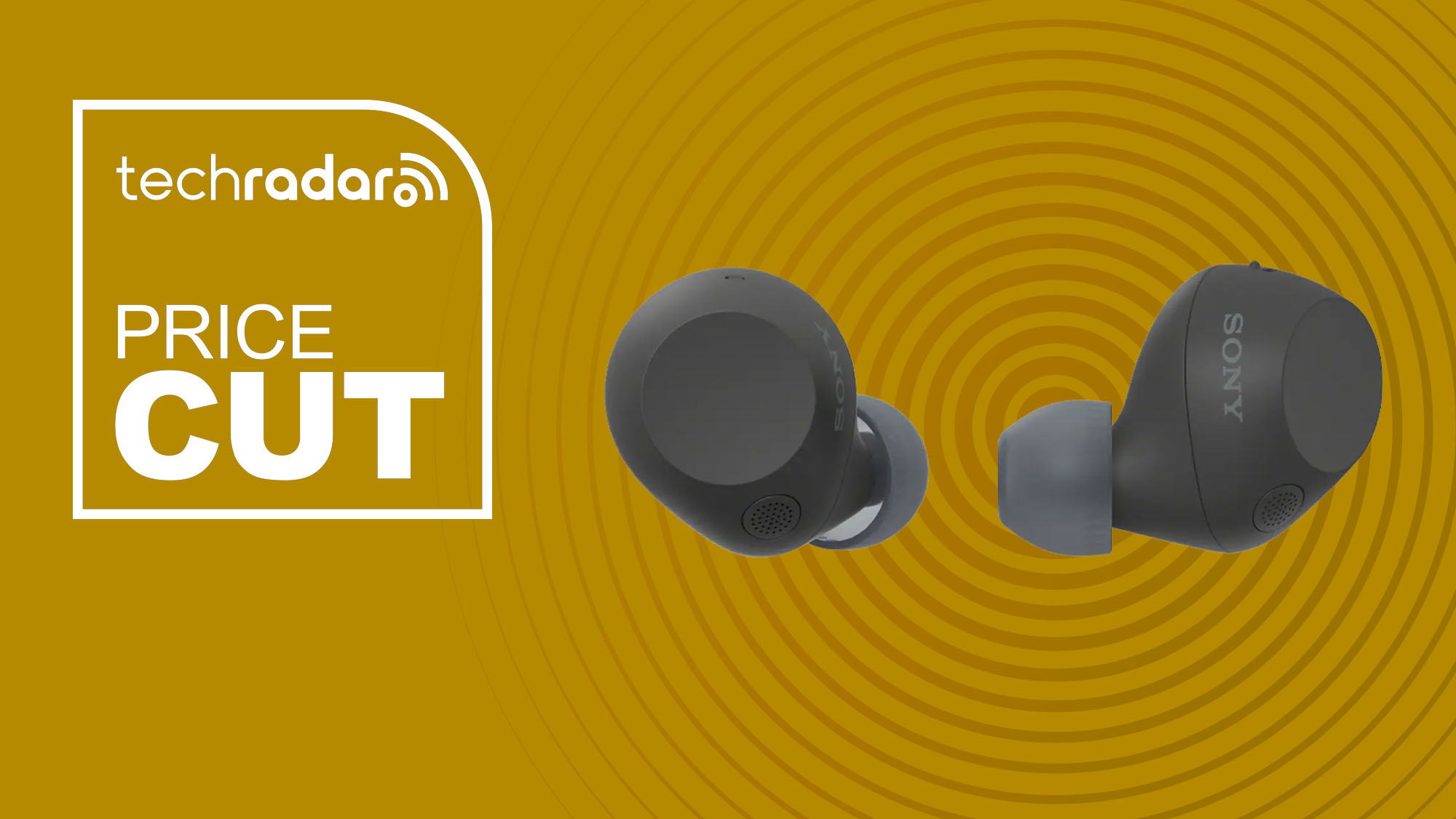
© Future
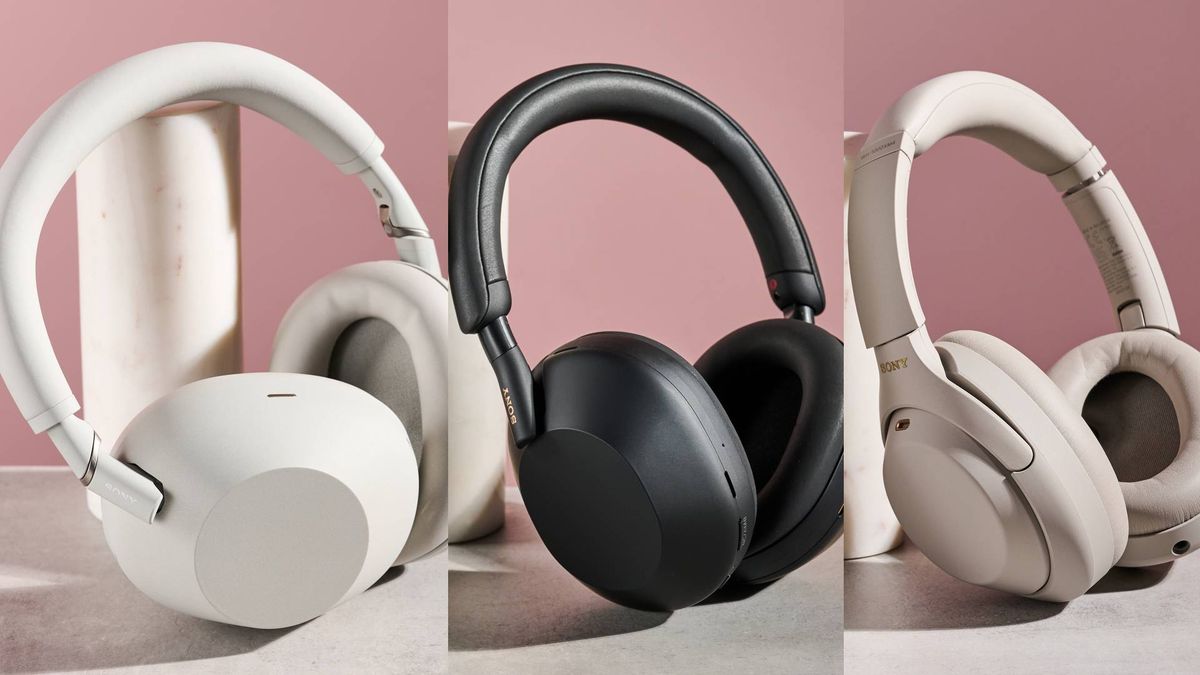
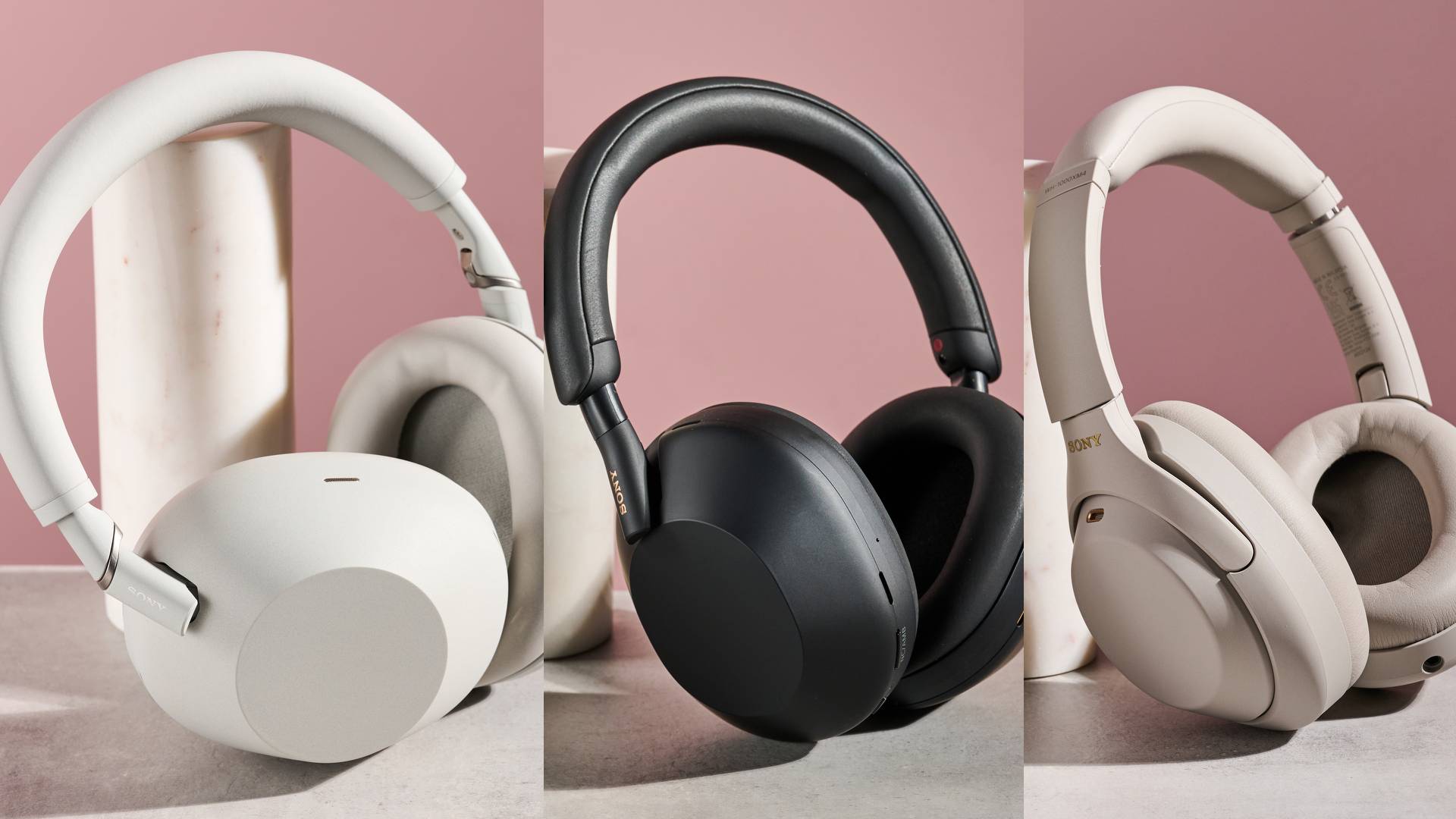
© Future

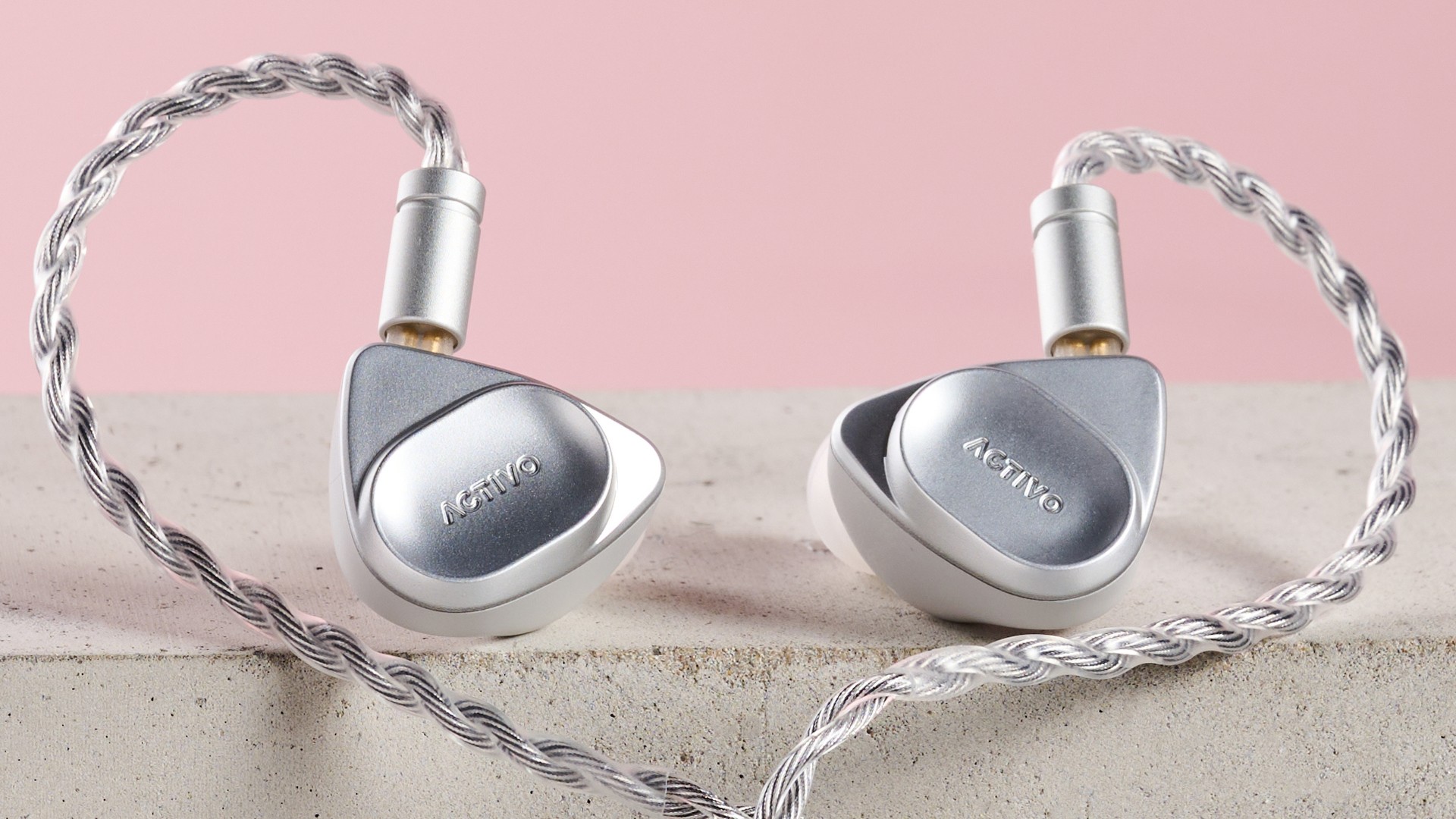
© Future


Anker’s audio-focused Soundcore brand is introducing a new wireless Bluetooth speaker with rugged features designed to help it survive and thrive during a trip to the beach. The Boom 3i has an IP68 water and dustproof rating plus an additional protective coating that will keep it corrosion-free for up to two years if exposed to or even completely dunked in salt water, claims Anker.
The Soundcore Boom 3i is currently available for purchase through the brand’s Canadian online store for $189.99, which is about $139 when converted to US currency. The speaker isn’t yet listed on the US version of the Soundcore website.

The Boom 3i is not only completely waterproof, it also floats, but not just for the sake of making it easier to recover should it fall off a boat or dock. The Boom 3i is engineered so that its speakers are always pointing upwards and are fully functional while floating, so you can use it directly in the pool or while having a swim at the lake. If you’re using it in a river with a fast moving current you may want to consider attaching something heavy to the speaker’s detachable carrying strap to create a makeshift anchor.

Being waterproof makes the speaker easy to clean when you get back from the beach, but for dislodging dust or sand stuck in the speaker grill, the Boom 3i has a Buzz Clean mode that makes it vibrate intensely to shake off dirt. It also includes a mode that leverages its 96db of sound output to play an emergency alarm should you find yourself in need of help, and it can double as a megaphone using Soundcore’s mobile app and your phone as a mic.
Battery life is rated at up to 16 hours with the volume at 50 percent and features like boosted bass and synchronized LED accent lighting turned off. If battery life is your priority in a wireless speaker, there are better options available. But if you want a speaker you won’t have to worry about babying while you’re out on an adventure, the Boom 3i seems tougher than most.
One of the “godfathers” of artificial intelligence has attacked a multibillion-dollar race to develop the cutting-edge technology, saying the latest models are displaying dangerous characteristics such as lying to users.
Yoshua Bengio, a Canadian academic whose work has informed techniques used by top AI groups such as OpenAI and Google, said: “There’s unfortunately a very competitive race between the leading labs, which pushes them towards focusing on capability to make the AI more and more intelligent, but not necessarily put enough emphasis and investment on research on safety.”
The Turing Award winner issued his warning in an interview with the Financial Times, while launching a new non-profit called LawZero. He said the group would focus on building safer systems, vowing to “insulate our research from those commercial pressures.”


© Andrej Ivanov/AFP/Getty Images
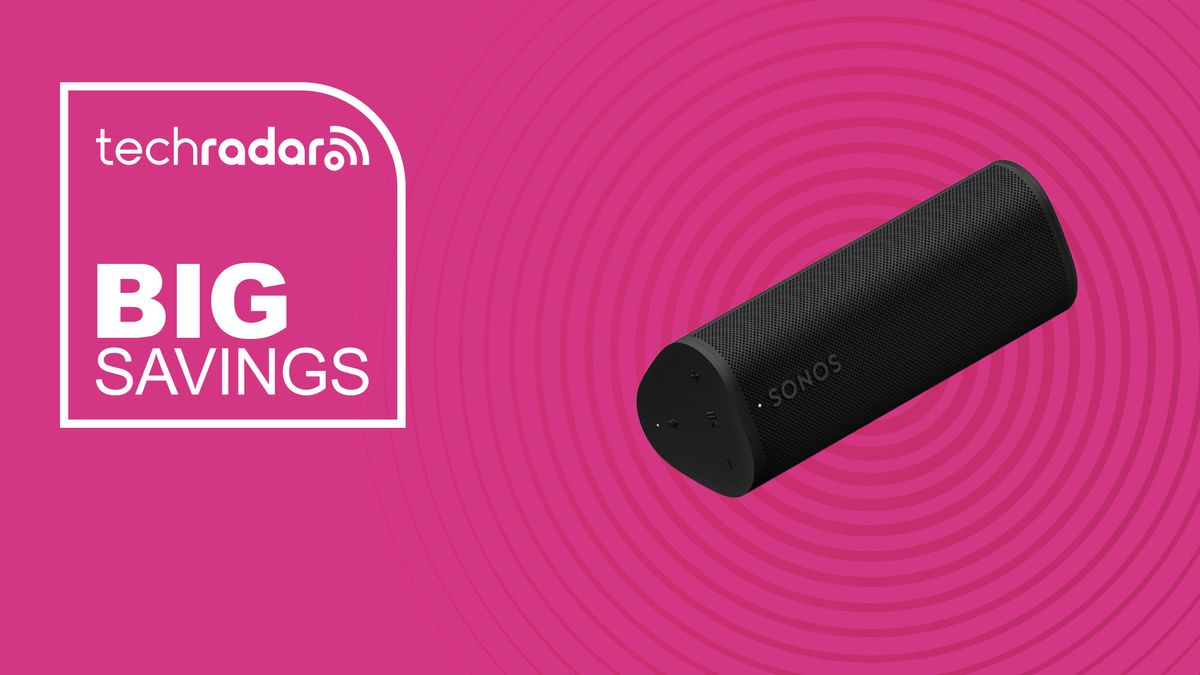

© Future


© Apple Music
LoveFrom
I'm as curious and excited as any gadget lover to see what newfangled AI thingamabob will come from OpenAI's $6.5 billion purchase of the ex-Apple designer Jony Ive's IO company.
But I have one request: Please, for the love of God, do not make it a voice-controlled device.
Here's what we know about the possible device that Ive and Sam Altman are teasing in a video about their new collaboration. The Wall Street Journal reported that Altman told OpenAI employees a few details:
The product will be capable of being fully aware of a user's surroundings and life, will be unobtrusive, able to rest in one's pocket or on one's desk, and will be a third core device a person would put on a desk after a MacBook Pro and an iPhone. The Journal earlier reported that the device won't be a phone, and that Ive and Altman's intent is to help wean users from screens. Altman said that the device isn't a pair of glasses, and that Ive had been skeptical about building something to wear on the body.
Ming-Chi Kuo, a supply chain analyst who is often correct about coming hardware, says that the device may be something larger than the Humane AI Pin, and possibly worn around the neck.
I am extremely nervous that this sounds like it might be some sort of voice-controlled device.
Don't get me wrong: I'm an enthusiastic voice user of Alexa (at home) and Siri (in the car). I can see how convenient it is.
But the idea of talking to Siri while walking down the street or at a grocery store gives me hives. The idea of saying, "Hey Meta, take a picture" to activate my Ray-Bans while at a Benson Boone concert makes me want to bite my cyanide capsule. If I ever start using Siri out loud at my desk in the office, I fully accept that HR can fire me on the spot.
(Of course, voice-controlled devices are an accessibility issue for some people who are blind, have low vision, or otherwise have trouble using a screen device. I am not talking about this use, which is obviously good and a benefit. Perhaps society would be better if public use of voice devices were more normalized!)
OpenAI does seem to be interested in voice. At a demonstration over a year ago, it showed new voices that could talk to you (this was the demonstration that infamously got them in trouble with Scarlett Johansson for making a voice option suspiciously close to her own).
Meta has also embraced the idea of voice controls. Its stand-alone Meta AI app is meant for natural conversations between you and the app on your phone (though, at the moment, it's laggy and often leads to crosstalk).
It's a long-held sci-fi dream to have a supersmart AI agent you can just talk to naturally. Like Tony Stark's Jarvis, or the ScarJo voice in "Her." But even "Knight Rider" had the basic understanding that it was OK to talk to your car only in your car.
Humane's AI Pin turned out to be a disaster, partly because it just didn't work very well. Let's assume whatever OpenAI/IO is cooking up will be good at doing what it's supposed to.
Based on what the AI Pin could do, and other examples of AI assistants or devices, I can make a few guesses of what it might be able to do: listen to your work meeting and take notes for you, give you information about something you see in front of you ("What building is this?" or, "Which of these two sandwiches at Pret has more protein?"), do personal assistant tasks for you ("How much time until my next meeting?" or, "Text Hayley and tell her I'm running late.")
These all sound great and convenient! But a lot of them require something that I don't think I want to be doing: talking to my device out loud, in public, constantly.
We're at a moment in society where people are already pushing the norms of what is appropriate public device use. People are watching TikTok without headphones on the subway. Texting at the movie theater. Filming themselves at the gym. It was already weird enough when people started talking on the phone with AirPods in, making it unclear whether the person headed toward you on the sidewalk was on a call or experiencing a religious revelation. I don't think we're ready for a world where people are constantly talking to their always-on, always-listening AI devices.
So I eagerly await this device, which Altman says will sell 100 million units and be ready by the end of 2026. But please, please, do not make me talk to it in public.
